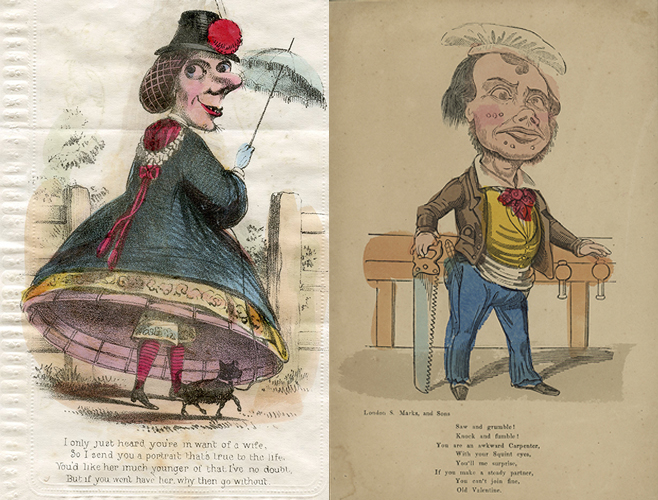News | Friday, 15th June 2018
Next-generation ‘bio-inspired’ rugby padding investigated by researchers
Partnership with World Rugby to develop 21st century apparel

Rugby players – whether young, old, playing or retired – are being asked for their views on padded clothing as part of ongoing research into next-generation apparel design for the sport.
Academics from Manchester Metropolitan University and the University of Sheffield are researching padding – as currently permitted in the shoulder region of rugby apparel and breast padding for women players – on behalf of the sport’s global governing body, World Rugby, who are funding the project.
This research will feed into a player-centred review of regulations by World Rugby, including how testing and specifications will be developed for kit into the future.
The aim is to ensure that padded clothing and designs are assessed and controlled in a way that best replicates real life impacts and playing conditions, providing appropriate protection for the nature of the game.
Survey
Now an online survey for players – both amateur and professional – has been launched to gather the opinions on padded clothing of those who take to the rugby pitch.
Dr Thomas Allen, Senior Lecturer in Mechanical Engineering at Manchester Metropolitan University, said: “We are working alongside World Rugby to ensure Regulation 12 for padded clothing is in the best interest of the players and for the good of the game.
“Our team at Manchester Metropolitan consists of researchers from the Faculty of Science and Engineering and the Manchester Fashion Institute, and we are reviewing state-of-the-art padded clothing, investigating how manufacturers may look to apply the latest and emerging materials and technologies.”
Some of the questions Manchester Metropolitan academics want to answer are whether emerging safety materials have unintended consequences for the wearer and how rugby kit might evolve if there were no restrictions on the development of garments by World Rugby.
They will also be looking into whether safety clothing of the future will be auxetic – which means it becomes thicker when stretched – or ‘bio-inspired’.
Impact absorbing?
Dr Prabhuraj Venkatraman, Senior Lecturer in Textile Technology at Manchester Metropolitan University’s Manchester Fashion Institute, said: “Rugby is a high contact sport where most injuries occur predominantly in the shoulder region.
“The project will look to build base line knowledge on identifying fabrics and new materials and pads to protect players from injuries such as cuts and lacerations and to ensure it is flexible, conformable and offers resistance to wear and tear without affecting players’ comfort and movement.
“The project will also investigate various joining technologies to embed these protective materials within the garment.”
At the University of Sheffield, experts in human interactions and polymer chemistry will be investigating how the testing required by current regulations should be adapted so it provides a more accurate assessment of impact behaviour and better reflects what occurs in real play situations.
Dr Heather Driscoll, Lecturer in Engineering (Degree Apprenticeships) at the University of Sheffield, said: “World Rugby regulations for padded clothing were developed in the late 90s and the pace of innovation both in the game and kit materials have moved on significantly since then.
“World Rugby contacted us to undertake this research to review whether these regulations are still appropriate for the modern game and investigate their suitability to make use of upcoming developments in material technologies.”
Cutting injuries
Dr Matt Carré, Reader in Mechanical Engineering at the University of Sheffield, said: “The research we are focusing on at the University of Sheffield is how padded clothing can be assessed so it accurately replicates real-world factors, such as anatomy, type of contact and that it also takes into account injury risk.
“This is why we want to hear from rugby players about their everyday experiences and we’ll be taking this information to help develop synthetic test platforms that mimic the behaviour of human tissues when subjected to impacts.”
World Rugby Head of Technical Services Mark Harrington added: “World Rugby applauds this important research that will ultimately benefit players at all levels of the game. Research is key to our evidence-based approach to law, regulation and player welfare evolution, and we look forward to the outcomes.”
Players are invited to take part in the survey via http://rug.by/vtw20J before the closing date of June 30.




